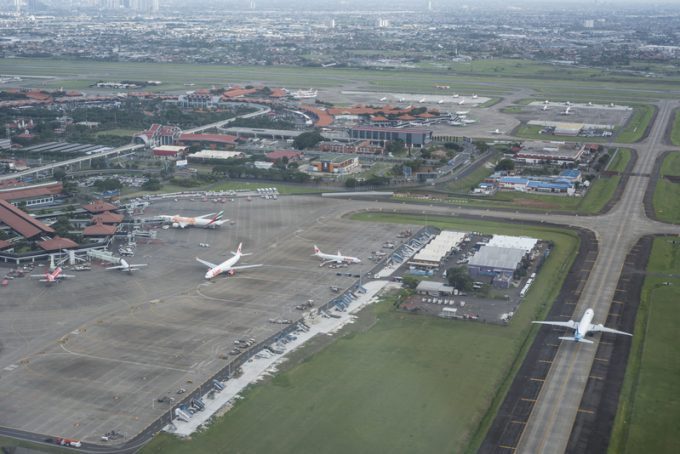Indonesia’s largest airport operator is pushing ahead with the construction of a new goods-handling facility in Jakarta, betting the movement of cargo will help an industry laid to waste by the reduction in passenger flights.
PT Angkasa Pura II predicts cargo traffic at Jakarta’s Soekarno-Hatta airport will rise to 1 million tons a year from 600,000 tons currently within the next three years. It’s calling upon third parties that are interested in investing alongside it to submit proposals in the fourth quarter.

The goods-handling depot is going ahead even though Angkasa Pura is on a mission to conserve cash. The company plans to reduce capital spending by as much as 90% this year to around 712 billion rupiah.
With passenger demand greatly reduced by the coronavirus, airlines around the world are relying increasingly on cargo to stay afloat. Freight rates have risen as belly cargo, or goods that would normally have been transported in the bellies of passenger planes, gets taken out of the market.
Air-cargo volumes in Indonesia were almost 24,000 tons in late July versus 6,620 tons at the beginning of March, transport ministry data show.
Angkasa Pura has also lined up some liquidity to ensure it can weather the slump in airport passenger traffic. Finance Director Wiweko Probojakti said the firm has 5.5 trillion rupiah of available cash, including 2.25 trillion rupiah from a bond sale earlier this month.
It has a 1.2 trillion rupiah bond maturing next year and has yet to decide on how that debt will be repaid, Probojakti said.
Angkasa Pura operates 19 airports across Indonesia, including a new hub in Medan in North Sumatra. The number of people passing through all its facilities on a daily basis is around 96,000 currently, up from as few as 1,000 at the end of April, when much of the Southeast Asian nation was in lockdown. Typically, the figure is around 243,000.









